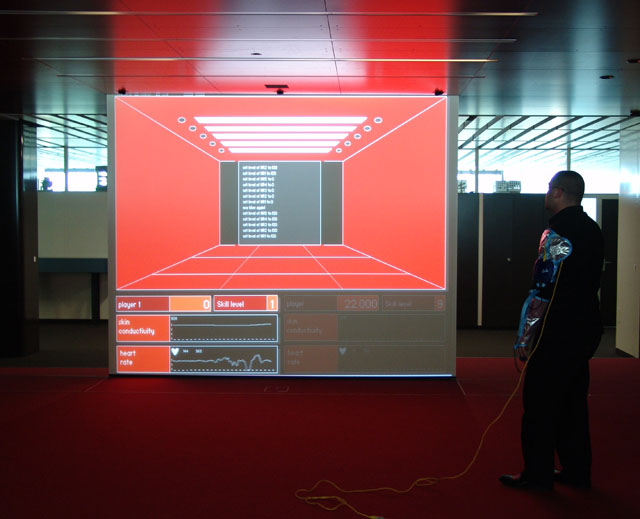Pertinent study about MMORPG usability: The Usability of Massively Multiplayer Online Roleplaying Games: Designing for New Users by Steve Cornett for CHI 2004
This study examines the usability challenges faced by new players of massively multiplayer online role-playing games (MMORPGs), one of the fastest-growing segments of the video game industry. Played in completely online worlds, these games allow players to communicate with one another, form groups and communities, and compete in a variety of fantasy environments. Nineteen subjects participated in an exploratory usability study of four games, three MMORPGs and a similar single-player game used for comparison. Results reveal that many people not usually considered as potential players of these games may be interested in them, but a wide variety of usability issues present serious problems for players inexperienced with the genre. Based on an analysis of the usability data and player feedback, specific recommendations are made to improve the experience of these games for new players. These results further demonstrate the applicability and importance of usability testing to video games.
The main result (put in bold in the abstract copied above) is interesting and should be taken into account in the design: usability is a factor in audience development. The article also describes the application of usability principles in the context of the gaming environment, something now more common today that few years back (thanks to Bill Fulton's work at MS, see for instance his very insightful article Beyond psychological theory: Getting data that improve games in Proc. Game Developers' Conference 2002).
 Why do I blog this? this is a good example of a low-tech approach of pervasive gaming using text messenging + GPS and bluetooth (unlike augmented reality tech). I'd be happy to know more about the tests/usage.
Why do I blog this? this is a good example of a low-tech approach of pervasive gaming using text messenging + GPS and bluetooth (unlike augmented reality tech). I'd be happy to know more about the tests/usage. </center
</center Why do I blog this? first because I like prototypes stuff, alpha or beta-version and the mix of games/cards/board is appealing to me. Second because I find that it's a good idea to test game designe ideas.
Why do I blog this? first because I like prototypes stuff, alpha or beta-version and the mix of games/cards/board is appealing to me. Second because I find that it's a good idea to test game designe ideas.

 Why do I blog this? Apart from the scenario I find interesting (we're thinking about something similar for the next episode of CatchBob!), I appreciate the research avenues at the end of the paper:
Why do I blog this? Apart from the scenario I find interesting (we're thinking about something similar for the next episode of CatchBob!), I appreciate the research avenues at the end of the paper: